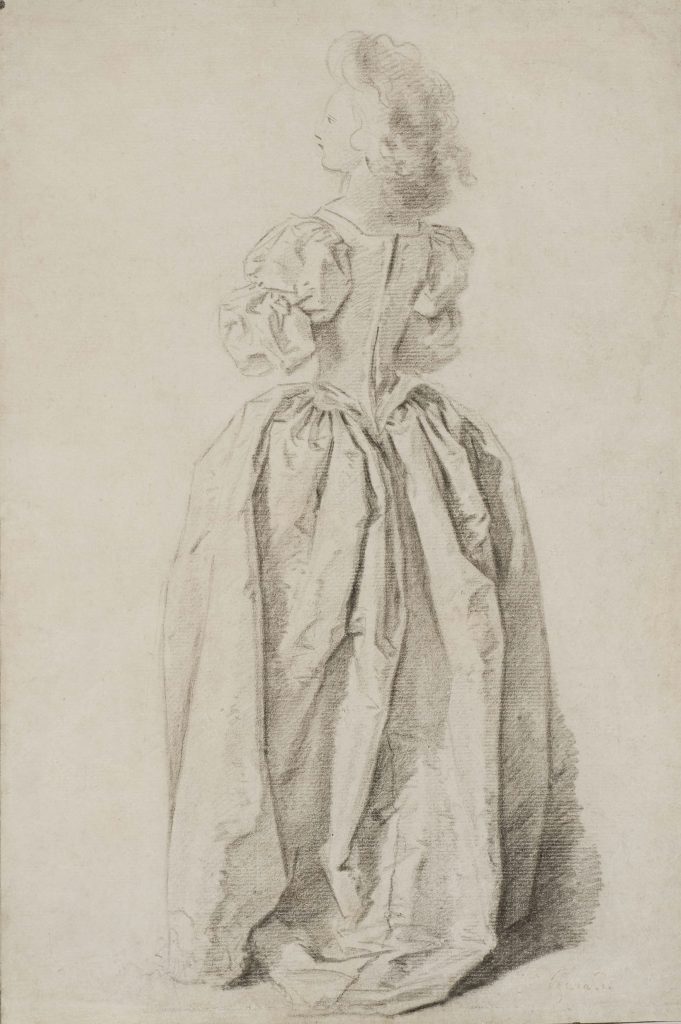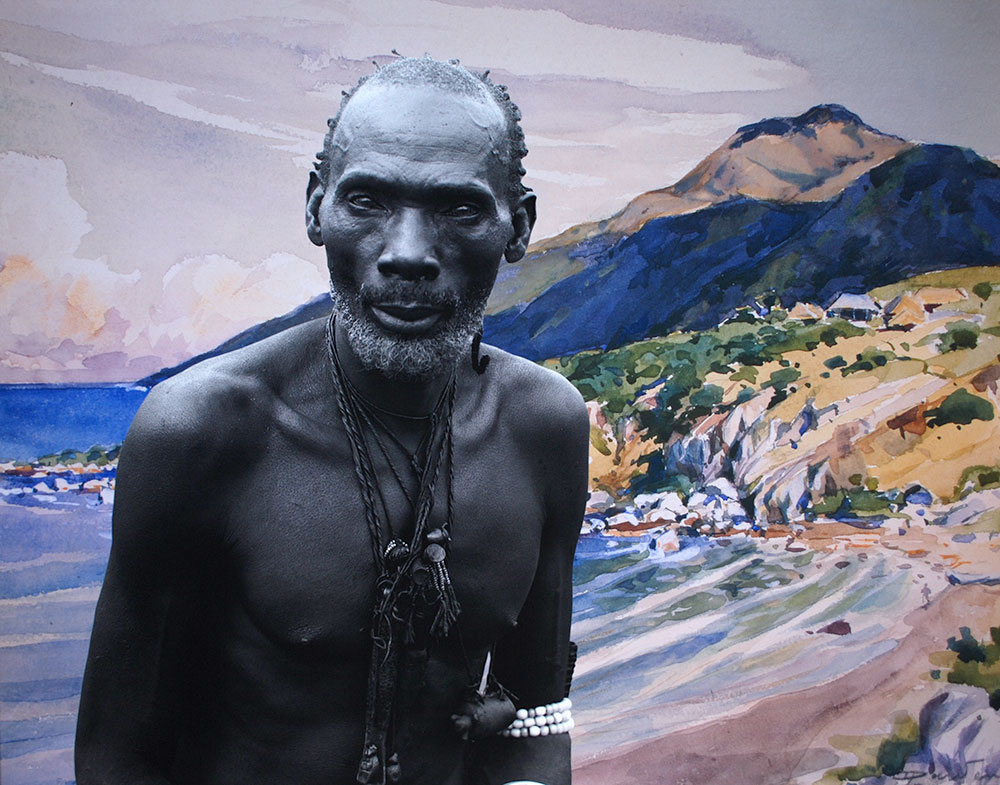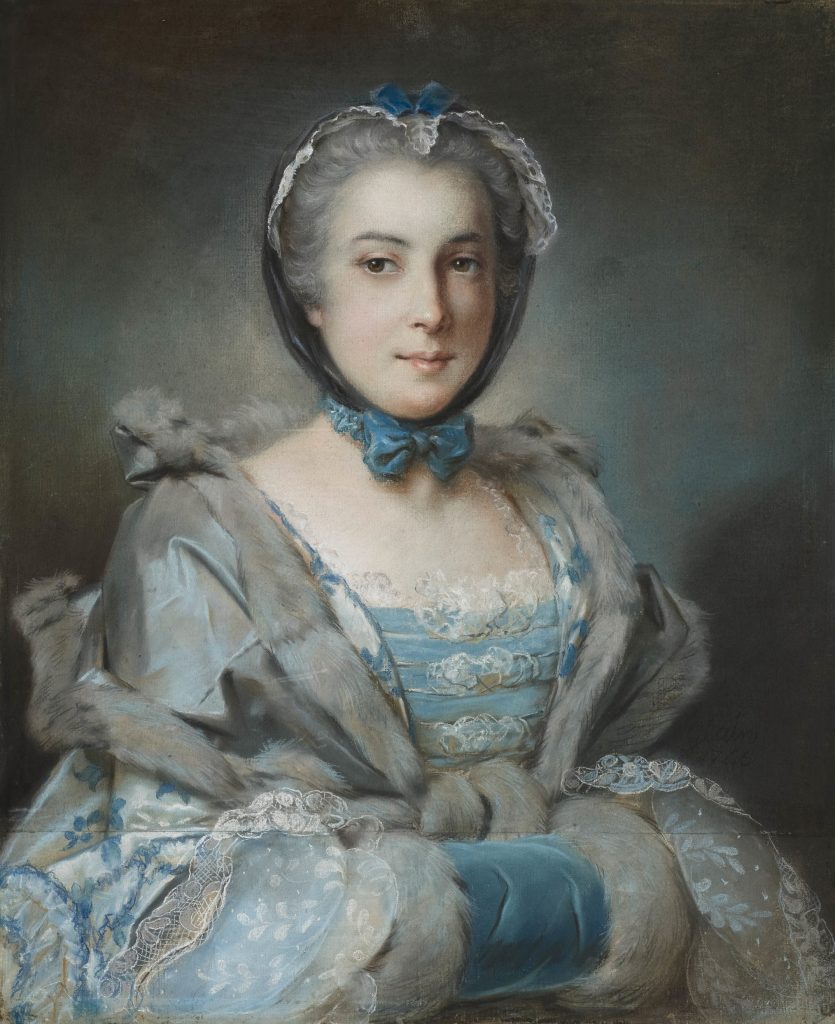
By: Kelly Chandrapal, Learning Resources Coordinator, Ackland Art Museum
One of my favorite things about working at the Ackland Art Museum is helping UNC students and faculty look at drawings from our collection. Works on paper are highly sensitive to light and cannot be on view as often as paintings or sculpture. When classes or individuals want to use works on paper to further their research or studies, we can take drawings and prints out from storage and put them on display in our Print Study room for the duration of the class period. It’s pretty remarkable to view works up close, unobstructed by glass. The students are captivated, observing the variations in mark-making and the distinct characteristics of each artist’s hand. After seeing drawings from the Ackland’s collection, I am inspired to make a resolution to “draw more” this year.
Drawing is a way of seeing and thinking. It’s using your body and mind together to understand the world around you and visually articulate what you see. While we are often eager to take a photograph to capture our experiences, a camera comes between you and what you are looking at, distancing you from the art itself. Drawing requires you to slow down, look carefully, and connect with the work of art.
Here are some tips I recommend for drawing at the Ackland:
Get your materials ready. Bring your own sketchbook or borrow supplies from our front desk. To protect the works of art on display, pencils (regular or colored) and paper are the only art materials allowed in the galleries.
Select a work of art that interests you. What do you find interesting about it? Maybe it’s the texture of a carved sculpture, the movement expressed through a figure’s body, or an intricate pattern. Draw the part of the work excites you most.
Get comfortable. Grab a gallery stool from our coat room, find a bench or sit on the floor. Find a spot away from foot traffic, where you can focus.
Look closely at the work of art. Drawing from observation is more about looking than drawing. The lines you draw should be more about what your eyes are telling you, rather than how you think the drawing should look. Look back and forth frequently between the artwork and your paper and let your hand follow where your eyes take you. If you like a challenge, take it one step further, and draw without looking at your paper, creating what’s called a blind contour drawing.
Make lots of marks. Drawings are interesting because you get to see the lines, even the ones that are not exactly right. When starting out, make light, quick marks, applying little pressure to the paper. Practice making shorter lines and more lines. As you go along, experiment with different lengths, thicknesses, and speeds of mark-making.
Have confidence! Everyone can draw – it’s all about having the confidence to do it. Remember, you are not trying to make a perfect copy, instead you are trying to capture what you see. Relax, have fun, and enjoy the experience.
Learn from the masters. Come see drawings on view in our current exhibition Becoming a Woman in the Age of Enlightenment: French Art from the Horvitz Collection. Featuring a variety of media – red chalk, graphite, washes, ink – the drawings highlight the artistic style of some of the most prominent artists of the period.
Other ways to draw at the Ackland:
- Borrow a Close-Looking Kit from our front desk to take with you as you wander. Use the family-friendly materials and Art Cards to explore the art in different ways.
- Come for a Drawing in the Galleries session, happening on the second Saturday of every month. Sessions are free and all skill levels are welcome.
Jean-Honoré Fragonard, French, 1732-1806, Standing Young Woman Seen from Behind, black chalk on off-white antique laid paper, 380 x 258 mm. The Horvitz Collection.


